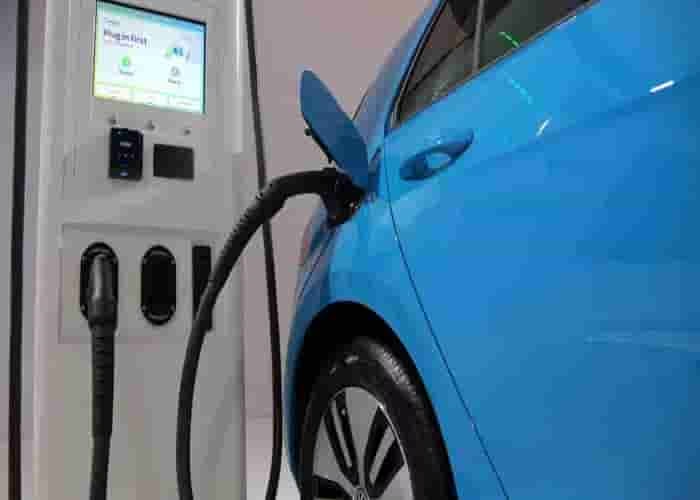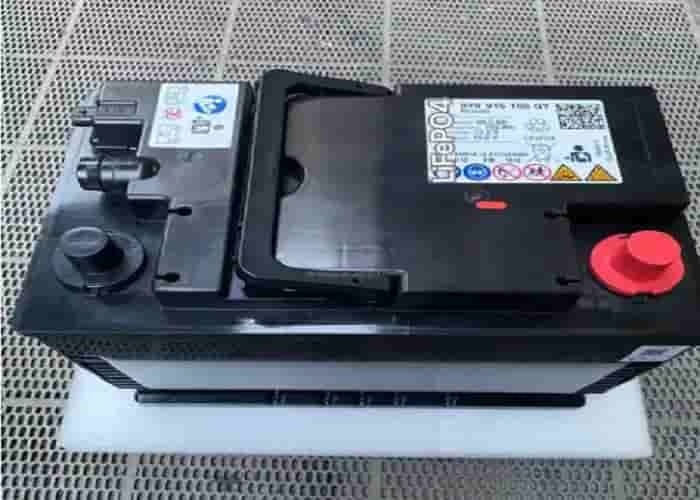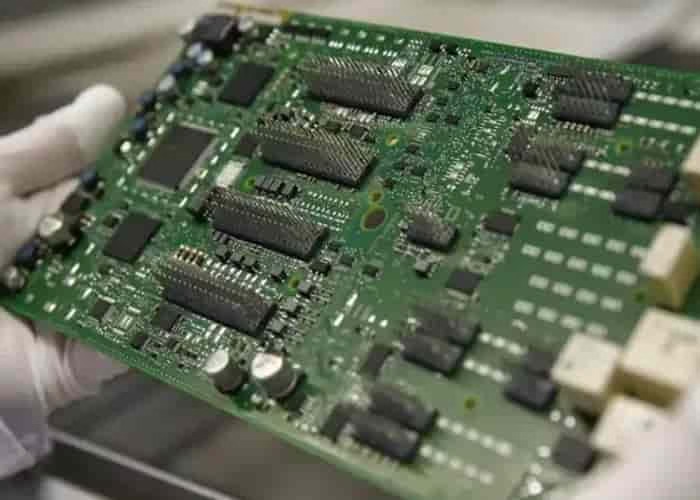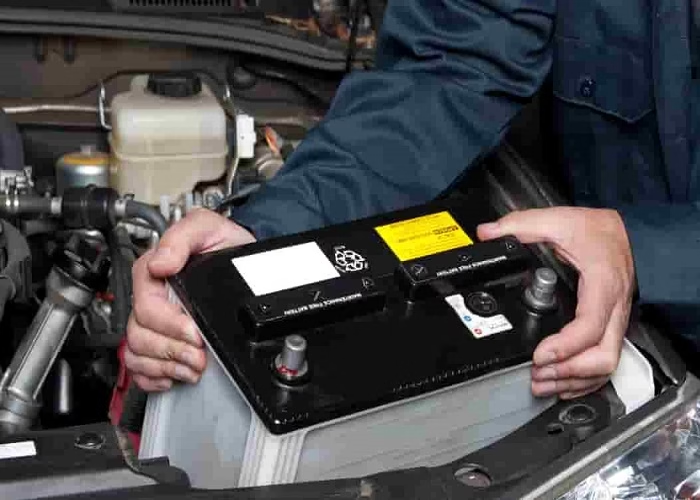What should I pay attention to when charging new energy vehicles? With the popularization of new energy vehicles, safe and efficient charging has become the focus of car owners. Mastering scientific charging methods can not only extend battery life, but also avoid safety hazards.
1. The “three checks” principle before charging
Check the compatibility of equipment: the home charging pile must be confirmed to match the vehicle charging protocol, and the maximum bearing power of the public fast charging pile must be checked before use to avoid abnormal charging due to power mismatch.
Check environmental safety: the charging area must be kept ventilated and dry, away from flammable and explosive items, and the sealing of the charging port should be checked in time after charging on rainy days.
Check the vehicle status: make sure to recharge when the power is less than 80%, and appropriately extend the charging interval after frequent short-distance driving to leave time for calibration of the battery management system.
2. The “golden rule” of the charging process
Avoid overcharging and over-discharging: It is recommended to set the charging upper limit to 85%-90% for daily use, and recharge in time when the power is less than 20%, especially to avoid emptying the ternary lithium battery.
Control charging temperature: In winter, you can turn on the battery preheating function before charging. In summer, avoid charging during the high temperature period at noon. If the battery temperature exceeds 50℃ during charging, stop immediately.
Standard operation details: Handle the charging gun with care when plugging and unplugging it. Start the charging program after locking the car. Try to avoid using high-power electrical appliances on the car during charging.
3. The “four-character trick” for long-term maintenance
”Shallow” charging and shallow discharge: Slow charging is used for daily commuting, and fast charging is only used as an emergency measure. At least one full charge and discharge calibration is completed every month.
”Stable” environment: Keep the power between 40%-60% for long-term parking, and start the battery self-check program regularly.
”Prevent” trouble before it happens: Perform professional battery testing every 20,000 kilometers, focusing on checking the consistency of the battery cell and the status of the cooling system.
Modern new energy vehicles are equipped with a complete battery management system, but the scientific use of car owners is still the core of safety. Following the principle of “standard operation + reasonable maintenance”, you can enjoy the convenience of electric travel and keep the battery in the best condition, so that every trip is worry-free.















Leave a Reply